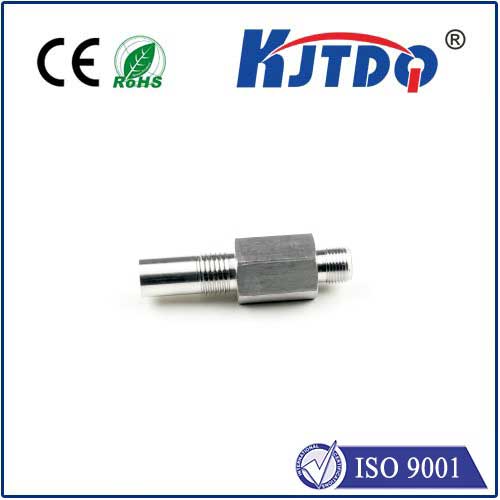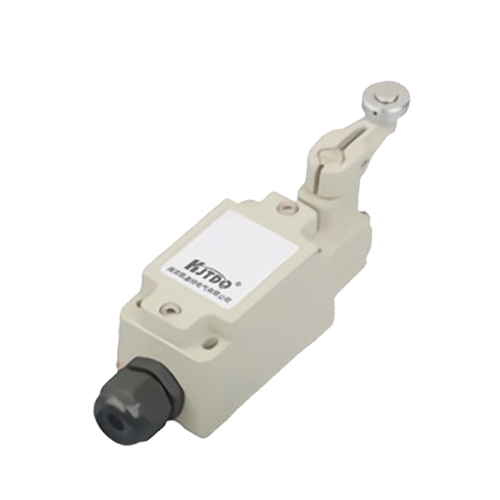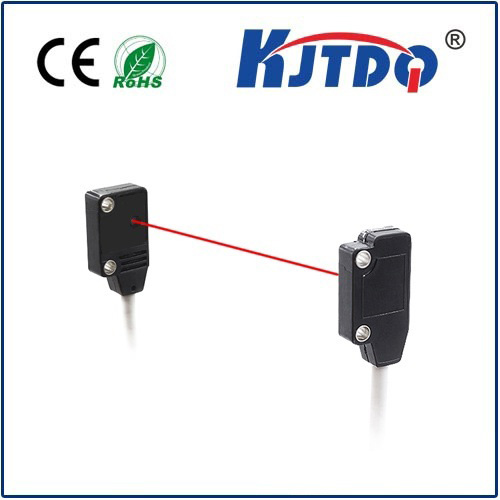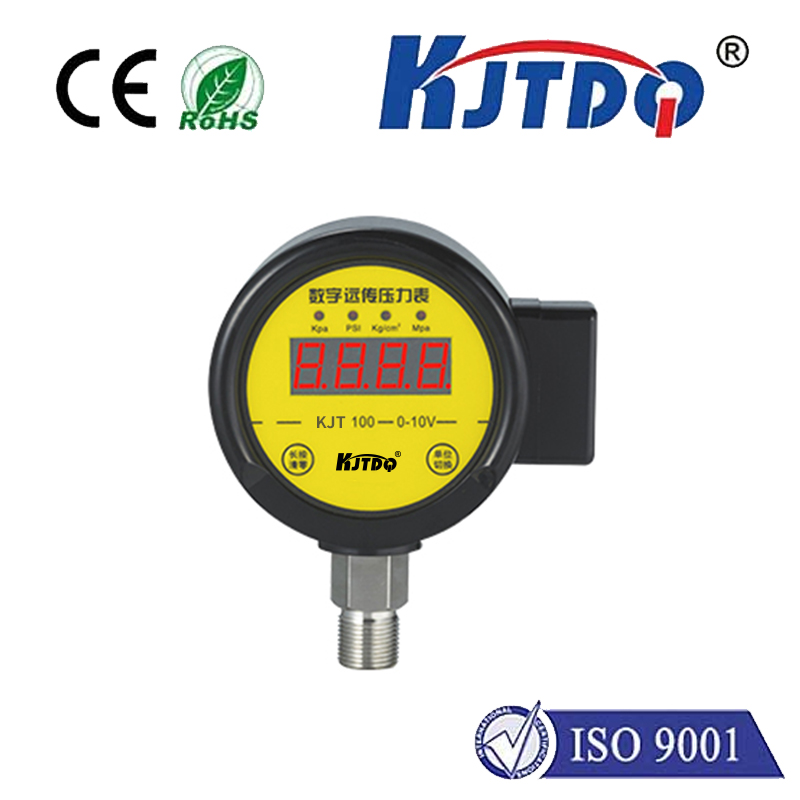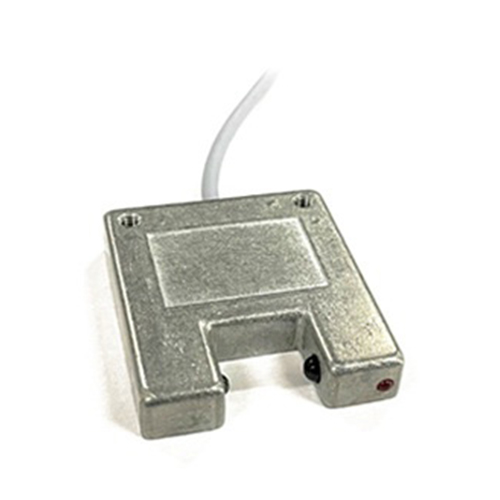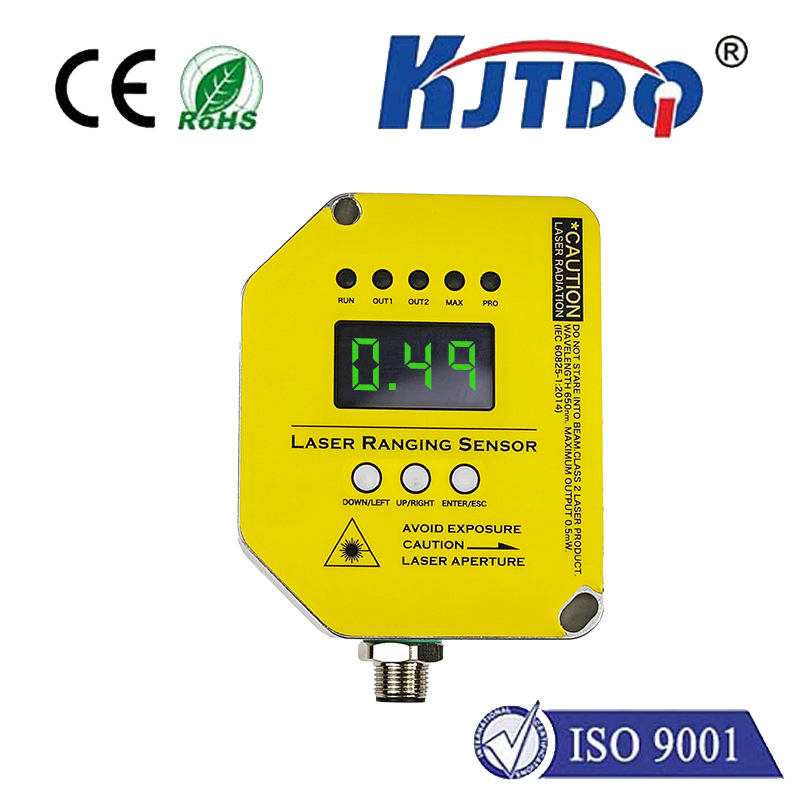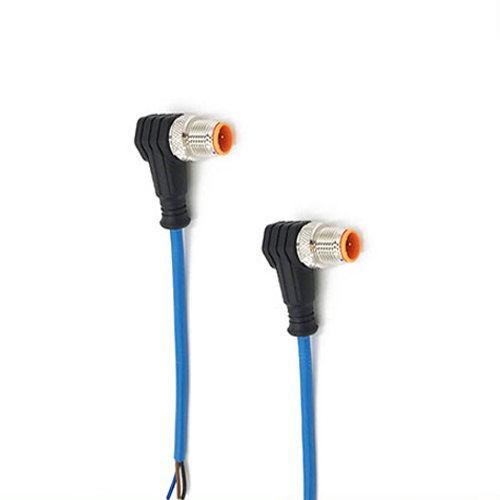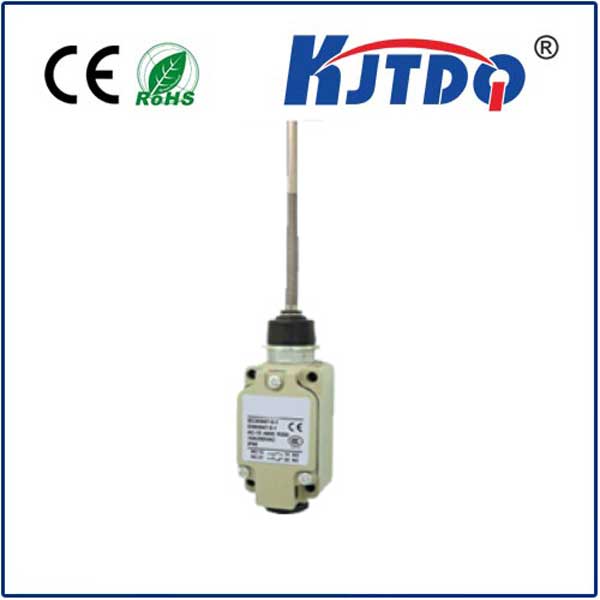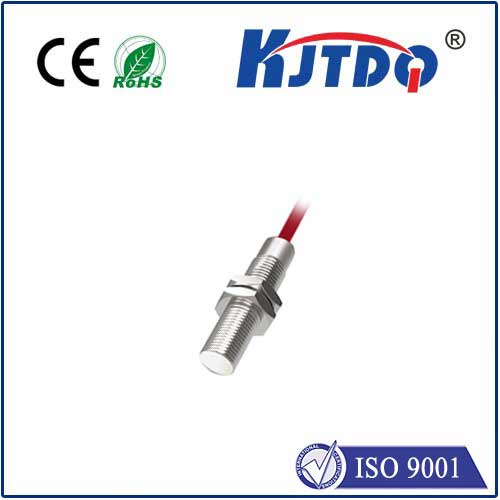capacitive proximity sensor 250vac
- time:2025-09-07 01:51:37
- Нажмите:0
Capacitive Proximity Sensor 250VAC: Enhancing Safety and Automation in Demanding Environments
Imagine a high-voltage assembly line humming with activity. Heavy machinery operates, conveyor belts move materials, and precision is paramount. Ensuring operator safety near 250VAC systems while maintaining seamless, non-contact object detection presents a significant challenge. This is precisely where the specialized capacitive proximity sensor 250VAC steps in as a crucial component for robust industrial automation.
Understanding the Capacitive Proximity Principle
Unlike their inductive counterparts that detect metals, capacitive proximity sensors excel at sensing a much wider range of materials. They operate based on the principle of capacitance – the ability of a system to store an electrical charge. The sensor face acts as one plate of a capacitor; the target object acts (or influences) the other plate, with the air gap acting as the dielectric.
When an object enters the sensor’s electromagnetic field, it alters the capacitance of the system. The sensor’s internal oscillator detects this change. Once the change exceeds a predetermined threshold, the sensor’s solid-state output switches state – signaling the presence of the object. This non-contact detection is silent, requires no physical force, and eliminates wear and tear associated with mechanical switches.
Why “250VAC” Matters: Powering Industrial Reliability

The specification “250VAC” is not arbitrary; it’s a critical indicator of the sensor’s robustness and safety rating in industrial settings. Here’s what it signifies:
- Voltage Rating: This sensor is specifically designed to interface with or be used safely within control circuits powered by up to 250 Volts Alternating Current (VAC). This is a common voltage level for many industrial machines, motors, and control panels globally.
- Electrical Isolation: Sensors rated for 250VAC are built with enhanced electrical isolation between their sensing circuitry and their output switching components. This isolation is vital for:
- Operator and Equipment Safety: Preventing dangerous high voltages from reaching the sensor’s housing or low-voltage control side in case of internal failure or wiring faults.
- Signal Integrity: Protecting sensitive PLC inputs or controllers from electrical noise or voltage surges originating on the high-voltage line.
- Robustness & Compliance: Achieving a 250VAC rating often involves adherence to stringent international safety standards (like IEC, UL, CE). This implies better build quality, more durable materials, and enhanced resistance to environmental stresses like humidity, vibration, and temperature fluctuations compared to lower-rated sensors.
Key Advantages of Capacitive Proximity Sensors 250VAC
Integrating these specialized sensors offers compelling benefits:
- Material Agnosticism: Detect non-metallic objects reliably – plastics, glass, wood, liquids (including through container walls), powders, granulates, paper, cardboard, etc. This versatility is unmatched by inductive sensors.
- Non-Contact Operation: Eliminates mechanical wear, ensures long operational life, and prevents damage to delicate targets.
- High Voltage Safety: The 250VAC rating provides critical Изоляция, essential for protecting personnel and downstream equipment in high-voltage environments.
- Contaminant Resilience: Unaffected by dust, oil mist, or other non-conductive airborne particles that might interfere with optical sensors.
- Sealed Designs: Many models boast high IP ratings (e.g., IP67, IP69K), making them suitable for washdown environments, outdoors, or dusty industrial floors.
- Fast Response Times: Capable of high-speed detection on fast-moving production lines.
Prime Applications Leveraging 250VAC Capacitive Sensors
These sensors find critical roles in diverse sectors where high voltage and material versatility intersect:
- Packaging Machinery: Detecting plastic bottles, glass containers, cardboard boxes, filled bags, or labels on high-speed lines, often integrated into 250VAC control cabinets.
- Food & Beverage Processing: Monitoring levels of liquids (water, juice, milk) or solids (flour, grains, coffee beans) inside non-metallic tanks or silos; detecting plastic lids or caps. Washdown-rated models are essential.
- Woodworking & Furniture: Sensing wood panels, MDF, laminates, or paper overlays on conveyors during cutting, sanding, or finishing processes.
- Chemical & Pharmaceutical: Level detection of liquids or powders in plastic or glass containers; verifying presence of vials, syringes, or blister packs.
- Перевозка материалов: Detecting the presence of pallets (wooden or plastic), cardboard boxes, or bulky items on conveyors or at transfer points near machinery motors.
- Liquid Filling Lines: Verifying bottle presence before filling, checking cap placement, or controlling liquid levels in sight glasses – all where the system may operate at 250VAC.
- Printing & Paper Industry: Detecting paper jams, stack height of paper reels, or the presence of printed sheets.
Choosing the Right Capacitive Sensor 250VAC: Key Considerations
Selecting the optimal sensor requires attention to several factors beyond just the voltage rating:
- Sensing Range: Specified nominal range (Sn). Capacitive sensors generally have shorter ranges than inductive ones. Ensure the range meets the application’s physical constraints. Consider the influence of the target material’s dielectric constant on the actual achievable range.
- Target Material & Size: The sensor’s effective range is heavily influenced by the target material’s dielectric constant (higher constant = longer range). Larger targets are easier to detect than small ones at the same distance. Some sensors offer adjustable sensitivity to fine-tune detection for specific materials or challenging conditions.
- Output Type: PNP vs. NPN transistors, or NO (Normally Open) vs. NC (Normally Closed) contacts. Must be compatible with your PLC or controller input card.
- Housing Material & Form Factor: Stainless steel (V2A, V4A) is common for robustness and corrosion resistance. Consider barrel-style (cylindrical) or block-style (rectangular) based on mounting constraints.
- Environmental Protection (IP Rating): Choose an IP rating suitable for the environment (dust, water jets, washdown). IP67 is common; IP68/IP69K is needed for immersion or high-pressure cleaning.
- Temperature Rating: Ensure the sensor’s operating temperature range covers the ambient conditions of your application.
Installation and Maintenance Best Practices
Proper installation maximizes performance and lifespan:
- Mounting: Ensure the sensing face is unobstructed. Maintain the specified minimum distance to any surrounding metal (mounting bracket, machine frame) to avoid false triggering.
- Wiring: Follow the manufacturer’s wiring diagram meticulously. Use appropriate cable types and ensure secure connections. Pay special attention to grounding requirements for 250VAC systems – proper grounding is critical for safety and noise immunity.
- Sensitivity Adjustment: If the sensor has a sensitivity potentiometer, adjust it after installation with the target present at the desired detection point, setting it just above the point where detection reliably occurs to maximize noise immunity.
- Regular Checks: Periodically verify detection reliability and clean the sensor face if buildup of contaminants (like grease or dust) occurs, as this can potentially reduce the sensing range.
In demanding industrial landscapes characterized by 250VAC power and diverse materials, the specialized capacitive proximity sensor 250VAC transcends being a simple switch; it becomes an indispensable enabler of safety, efficiency, and reliable automation. Its unique ability to detect virtually any material without contact, coupled with the critical high-voltage safety isolation, makes it a cornerstone technology for modern manufacturing and processing facilities. When material versatility meets the rigorous demands of industrial power, this sensor delivers robust and dependable performance you can trust.

